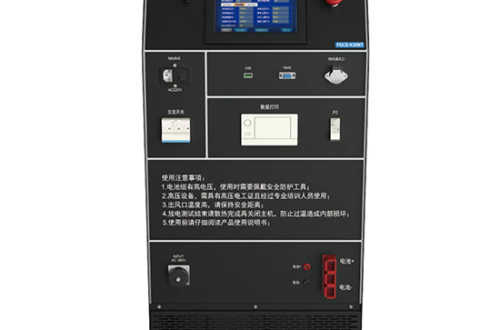What is Air Pressure? A Comprehensive Definition and Guide
What is Air Pressure? A Comprehensive Definition and Guide
Understanding the air pressure definition is essential for grasping many natural phenomena and technological applications. Air pressure, or atmospheric pressure, is the force exerted by the weight of air molecules in the Earth’s atmosphere on a given surface area.
How Air Pressure Works
Air pressure results from air molecules colliding with surfaces. The greater the number of collisions, the higher the pressure. It is measured using units such as Pascals (Pa) or atmospheres (atm).
Factors Influencing Atmospheric Pressure
Key factors include altitude, temperature, and humidity. At higher altitudes, air pressure decreases because there are fewer air molecules above.
Applications of Air Pressure
Air pressure plays a crucial role in weather forecasting, aviation, and industrial processes. It affects everything from breathing to the operation of engines.
Measuring Air Pressure
Barometers are the primary instruments used to measure atmospheric pressure, providing vital data for meteorological studies.
Frequently Asked Questions
What is the standard air pressure at sea level?
The standard air pressure at sea level is 1013.25 hPa or 1 atm.
How does air pressure affect weather?
High pressure typically brings clear skies, while low pressure is associated with clouds and precipitation.
Why does air pressure decrease with altitude?
As altitude increases, the density of air molecules decreases, reducing the force they exert.
Take Action Today
Ready to dive deeper into atmospheric science? Explore our advanced guides and tools to master the concepts of air pressure and its real-world applications!


